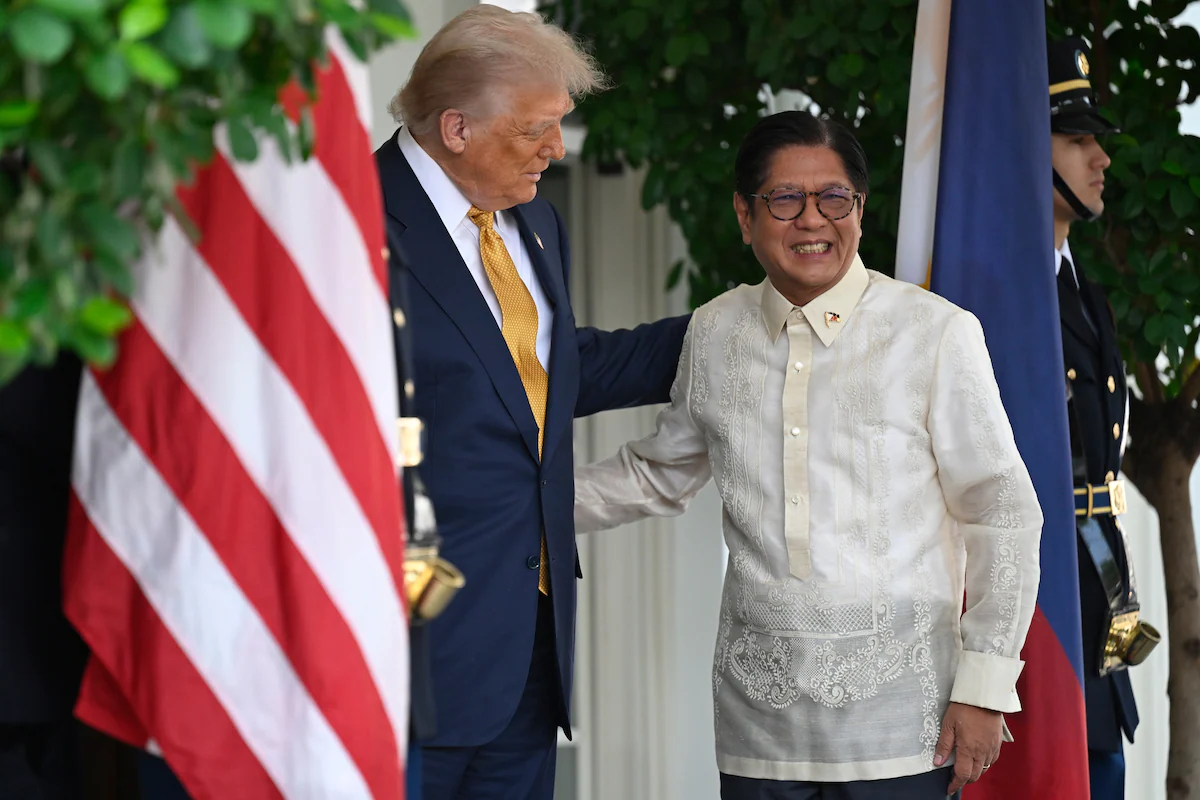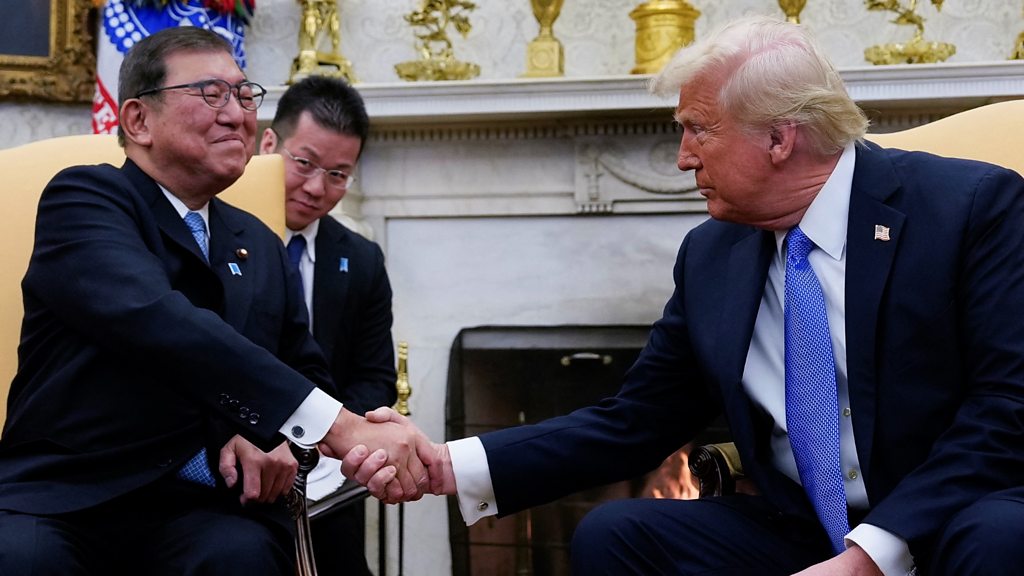President Trump has struck a headline-grabbing $550 billion trade deal with Japan—slashing tariffs, shaking markets, and igniting a new chapter in U.S. global trade strategy.
President Donald Trump has unveiled what he described as a “massive” new trade agreement between the United States and Japan. The deal reportedly includes a $550 billion investment pledge from Japan and the imposition of a new 15% flat tariff on all Japanese goods entering the U.S., including vehicles, electronics, and agricultural products. According to Reuters, this move represents a significant de-escalation from the 25% tariff Trump had previously threatened in a letter to Japan earlier this year.
At a White House event, Trump hailed the deal as “the largest trade deal in history,” emphasizing that it would bring manufacturing and jobs back to American soil. The agreement comes after months of stalled negotiations and follows a temporary suspension of global tariff hikes that had rattled financial markets back in April.
Japanese Concessions and U.S. Gains
As part of the deal, Japan has agreed to lower tariffs on vehicle imports to 15%—a substantial drop from the 25% rate Trump had considered reinstating. However, the tariff is still higher than the 10% previously levied before April's global trade reshuffling. Japanese Prime Minister Shigeru Ishiba called it “the lowest figure to date among countries with trade surpluses with the U.S.” and stressed that the agreement involved no reduction in tariffs on the Japanese side. The deal also opens Japan’s domestic market further to American exports, including trucks, rice (within existing WTO quotas), and agricultural goods.
According to Fox Business, Japanese investments into U.S. industries will be directed at strategic sectors including advanced manufacturing, semiconductors, pharmaceuticals, and renewable energy. These funds will be distributed through government-backed loans and guarantees, forming what Japanese officials are calling a “mutual prosperity initiative.”
Market Reactions and Economic Implications
Financial markets responded positively to the announcement. The Nikkei 225, Japan’s leading share index, surged more than 3% on Wednesday, driven by sharp gains in automakers such as Toyota, Nissan, and Honda. The Japanese yen fluctuated in the hours following the announcement, while the U.S. dollar showed mild weakening. As reported by Reuters, analysts view the agreement as a stabilizing force in the global trading environment, particularly given the unpredictability of U.S. trade policy in recent years.
However, economists have warned that the structure of the deal—particularly its flat-rate tariff on all Japanese goods—may challenge traditional sector-based models used by U.S. trade negotiators. According to Reuters Breakingviews, the shift signals a broader philosophical departure from Trump’s earlier “America First” strategies, suggesting a more pragmatic tone heading into 2026.

President Trump greets Prime Minister Shigeru Ishiba outside the White House as the two leaders prepare to finalize a landmark trade agreement.
Political Pressure on PM Ishiba
While the deal has been celebrated by Trump and his allies, it comes at a turbulent time for Japan’s domestic politics. Prime Minister Ishiba is under growing pressure following the Liberal Democratic Party’s (LDP) loss of its upper-house majority in last weekend’s elections. The LDP had already lost control of the more powerful lower house last year, weakening Ishiba’s ability to govern unchallenged.
According to AP News, Ishiba has not indicated whether he will resign but emphasized that finalizing the trade agreement was his top priority. He has framed the deal as a necessary step to avoid further economic strain and to reinforce Japan’s global alliances in a shifting international order.
What Makes This Deal Different?
This agreement departs notably from previous Trump-era trade deals, which often relied on targeted tariffs against specific sectors or trading partners. The new 15% blanket tariff simplifies that structure and, according to Reuters, could reduce bureaucratic friction in customs enforcement. It also moves away from punitive tariffs and toward negotiated mutual investments, with Japanese companies investing heavily in U.S. supply chains and advanced technology hubs.
Critics, however, have noted that the deal does little to help U.S. automakers directly, as Japanese manufacturers already hold significant market share. Some analysts suggest the agreement primarily serves to protect Japanese access to the U.S. market while giving Trump a political win in his campaign narrative of economic revival.
People Also Ask (FAQs)
Is the $550 billion Japanese investment guaranteed?
No. The $550 billion represents the maximum value of loans and guarantees pledged by Japanese banks and investment agencies. The actual amount deployed will depend on private sector participation and project approvals.
Does this agreement eliminate tariffs on U.S. goods entering Japan?
No. Japan has not agreed to reduce its own tariffs, meaning U.S. exports will still face existing trade barriers. The focus has instead been on relaxing non-tariff barriers like regulatory compliance for vehicle imports.
Is this deal legally binding?
At this stage, the agreement is a framework, not yet ratified by legislative bodies. Final terms are expected to be reviewed by Japan’s National Diet and relevant U.S. trade authorities before implementation.
What does this mean for future trade talks?
The deal may serve as a template for other countries, showcasing a model of bilateral economic cooperation that favors investment and moderate tariffs over confrontation and trade wars.
Final Thoughts
This U.S.–Japan trade pact signals a potential recalibration of global trade relations, especially as both countries navigate economic uncertainty and political transition. While the agreement offers short-term stability and financial optimism, the real test will lie in implementation and whether both sides follow through on their commitments. As more details emerge, it remains to be seen whether this truly is—as Trump claims—“the largest trade deal in history,” or simply another chapter in the evolving saga of U.S. trade diplomacy.














